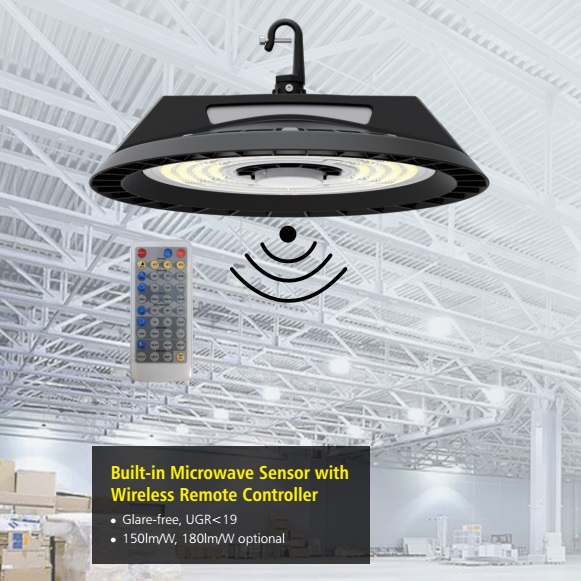LED high bay lm80 lamps have the advantages of high efficiency and long life compared with traditional lighting. At present, various LED factories actively import products into the LED lighting market, and consumers’ acceptance after actual use is getting higher and higher.

At present, more and more US customers require factories to provide LED high bay LM80 reports, many customers are also consulting this issue, many people do not quite understand what the LM80 report is?
The LM80 is a standard for lumen maintenance (LED life). The main test is the maintenance of the luminous flux output, which is the life test of the LED light source. Note: Luminous flux refers to the light energy emitted from the surface of the light source that can be perceived by human eyes. The unit of calculation is lumens (lm);
LM-80 test items: 1, light output. 2 color-fixed coordinates, there are 3 temperature points to be measured, 55 degrees, 85 degrees, the customer must also specify a temperature point. A total of 60 samples are required for each of the 20 samples.
L70> 36,000 hours means Luminous flux maintenance rate of light source or luminaire 70%, time more than 36000 hours
L90> 36,000 hours means Luminous flux maintenance rate of light source or luminaire 90%, time more than 36000 hours
In order to keep the LED element operating at a temperature of Ta(ambinility temperature)=Tj(Junction Temperature)=25°C, the LED element is heat-sinkless without a heat sink and is pulsed for life test. Therefore, it is generally seen in the specification. The temperature of the performance data is Tj=25°C.
The LED high bay lamps are finished products, and the life test is performed using a constant voltage/constant current method. However, the LED lamps include a power supply/shade/heat sink, and the LED high bay is composed of a plurality of LED elements, so the actual The operating temperature of the LED element is higher than the experimental ambient temperature Ta=25° C. (Tj>Ta).
The lifetime of an LED is inversely proportional to its use temperature. Therefore, if a LED lamp factory directly uses the lifetime value of the LED element as a specification, the difference between the specification and the actual use of the LED lamp factory will occur.
In view of this, the Energy Star (ENERGY STAR) issued by the United States Department of Energy (DOE) proposed an LED solid-state lighting luminaire verification method, and its content stated that it would obtain its LED solid-state lighting luminaires. The certification must be accompanied by five items:
- Photometric test report produced according to IESNA LM-79 experimental method
- Integrate ball output test report according to IESNA LM-79 experimental method
- lumen maintenance rate:
Option One: LED Component Performance
- LED component test report produced according to IESNA LM-80 experimental method
- Provide ISTMT (LED component in situ temperature test) report of LED lamps
Option Two : LED Lamp Performance
- 6,000 hours test report produced according to the IESNA LM-79 experimental method.
4. power supply
Provides TMPPS (original power supply temperature test) reports for LED lamps.
5. warranty
In the option 1 of the lumen maintenance rate, two data experiments are required. The purpose is to calculate the lifetime of the LED lamp using the LM-80 temperature experiment report of the LED component, so that the temperature of the component and the lamp can be solved. Life problem.
